Podcasting and streaming require crisp, clear audio to keep your audience engaged. A high-quality USB microphone is a must-have for content creators who want professional-grade sound without the hassle of an audio interface. Whether you're just starting or looking to upgrade, here are the top 5 USB microphones for podcasters and streamers.
Why Choose a USB Microphone?
Nothing turns off listeners faster than muffled or tinny audio. Whether podcasting from your closet or streaming to thousands, a good mic is your foundation for professional content.
USB microphones aren't just for podcasting or streaming—they're also perfect for Zoom calls, YouTube videos, and social content like TikToks and Instagram Reels. If clear, professional sound matters to your audience, these mics deliver.
USB microphones offer a plug-and-play solution for content creators. Unlike traditional XLR microphones that require an interface or mixer, USB microphones connect directly to your computer, making them ideal for home setups. They're easy to use, require minimal setup, and deliver high-quality sound.
1. Shure MV7
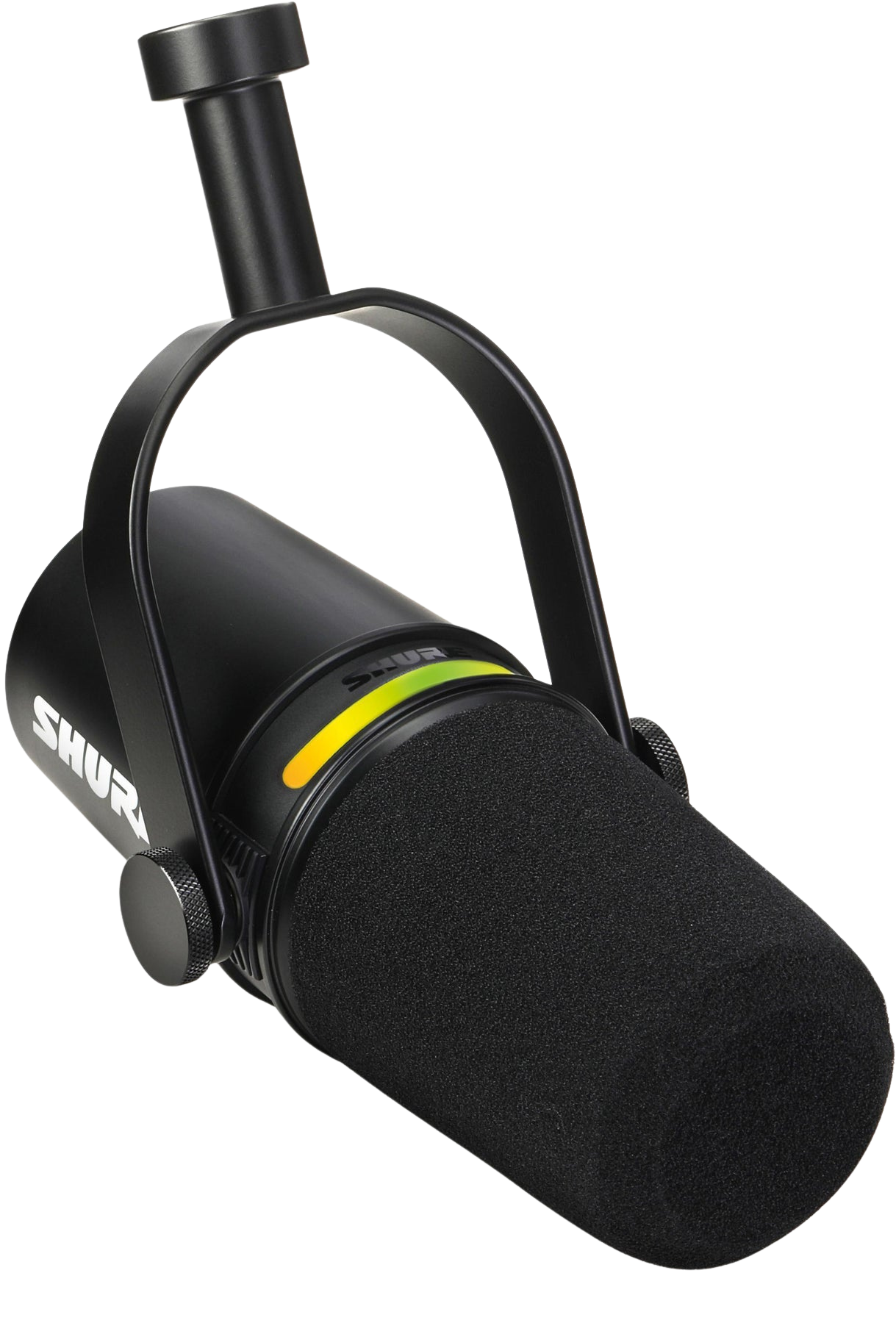
Best for: Professional podcasters and streamers looking for versatility.
The Shure MV7 offers exceptional audio quality, inspired by the legendary Shure SM7B. It features USB and XLR outputs, allowing you to grow with your setup. The touch panel controls let you easily adjust gain, mute, and headphone volume. Its built-in DSP processing will enable you to tailor your sound without external software.
- Key Features: Dual USB/XLR connectivity, built-in DSP for sound shaping, cardioid pickup pattern.
- Pros: Excellent sound quality, durable build, flexible connectivity.
- Cons: Higher price point compared to other USB mics.
2. Blue Yeti
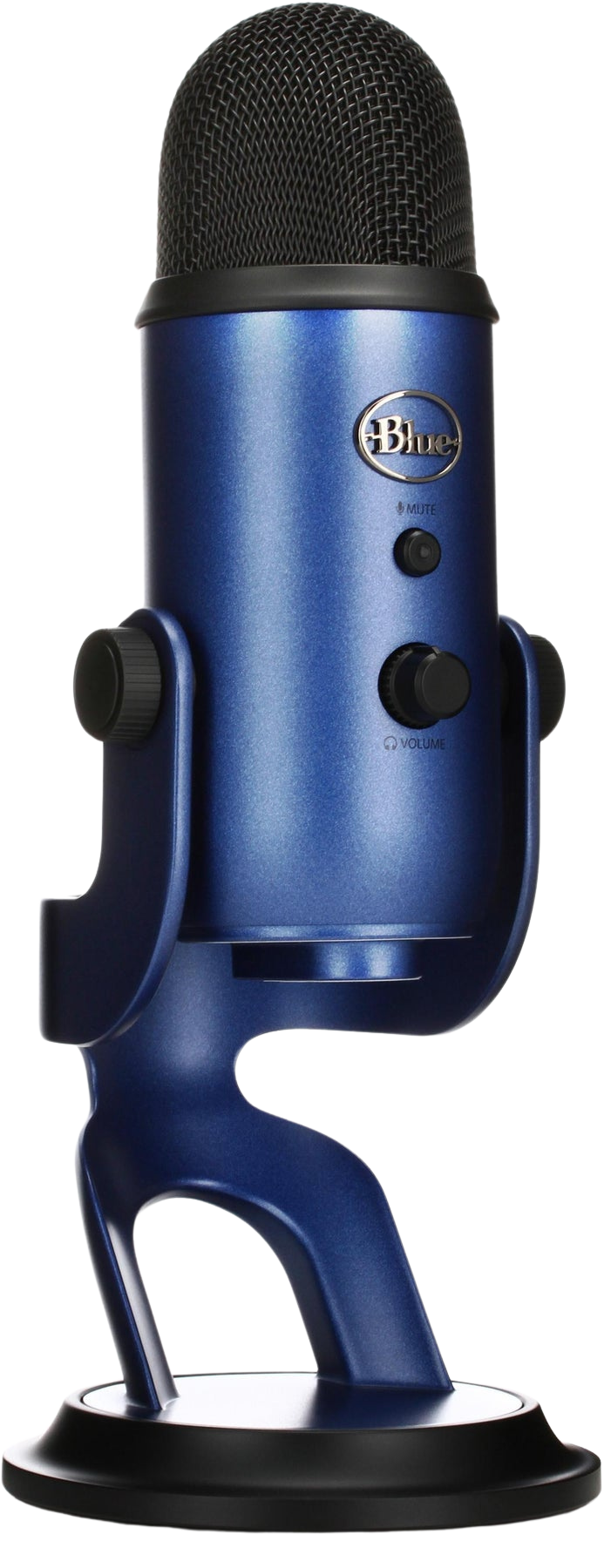
Best for: All-purpose streaming, podcasting, and voiceovers.
The Blue Yeti has been a staple in the industry for years. With multiple pickup patterns (cardioid, bidirectional, omnidirectional, and stereo), it's perfect for various recording situations. The built-in gain control and headphone monitoring make it incredibly user-friendly. Side note: Blue was once known for its high-end, boutique condenser microphones used in pro studios—this legacy of quality lives on in the Yeti series.
- Key Features: Four polar patterns, plug-and-play setup, built-in gain and mute controls.
- Pros: Versatile, excellent sound quality, affordable.
- Cons: Bulkier design, can pick up background noise in untreated rooms.
3. Elgato Wave:3
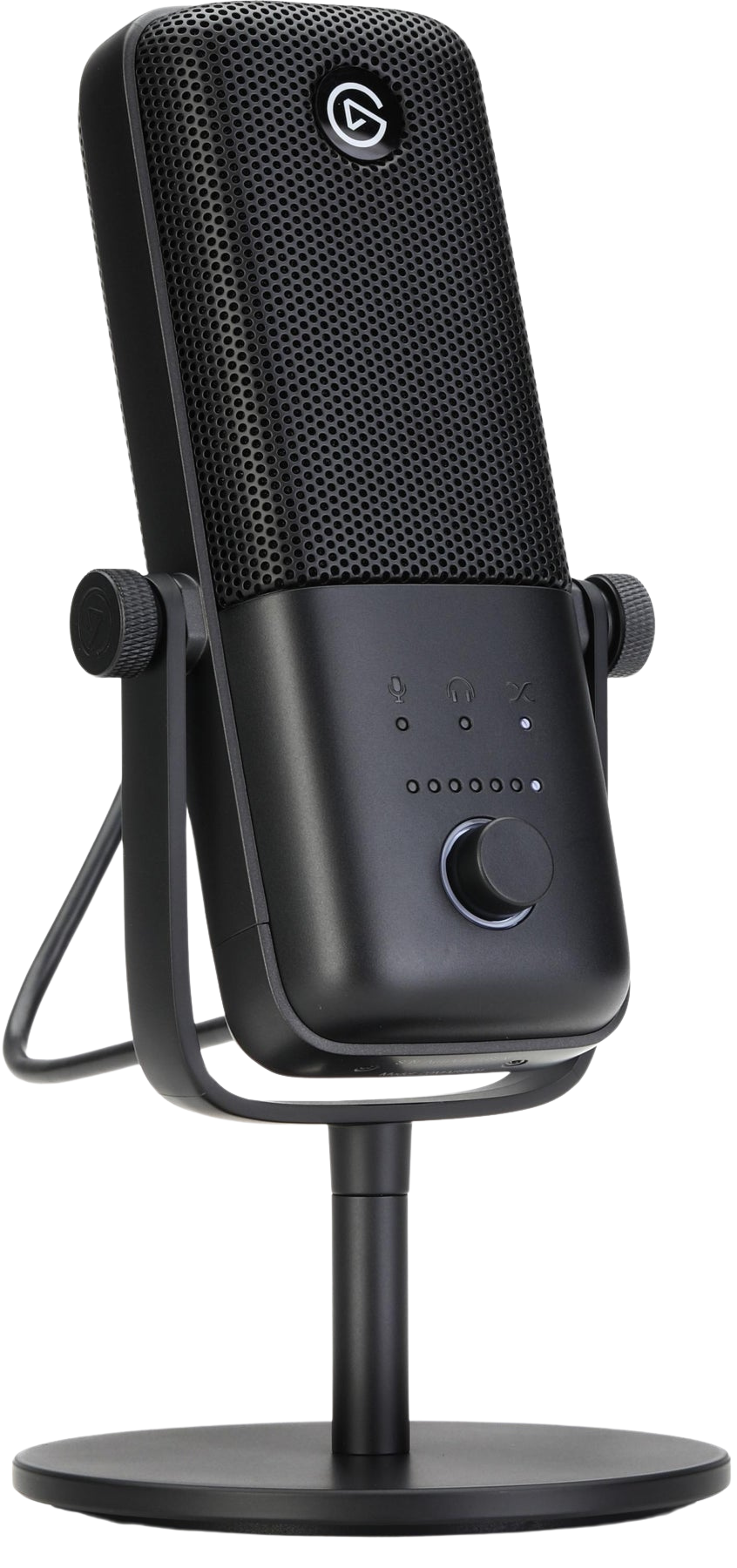
Best for: Streamers who want advanced mixing features.
Elgato's Wave:3 is explicitly designed with streamers in mind. It offers Clipguard technology to prevent distortion and integrates seamlessly with Elgato's Wave Link software for advanced audio routing. This makes it ideal for gamers and content creators who need fine control over multiple audio sources.
- Key Features: USB-C connection, Clipguard anti-distortion tech, Wave Link software integration.
- Pros: Clean, crisp sound, strong software features, touch-sensitive mute button.
- Cons: Limited polar pattern (cardioid only), requires software for full potential.
4. Rode NT-USB
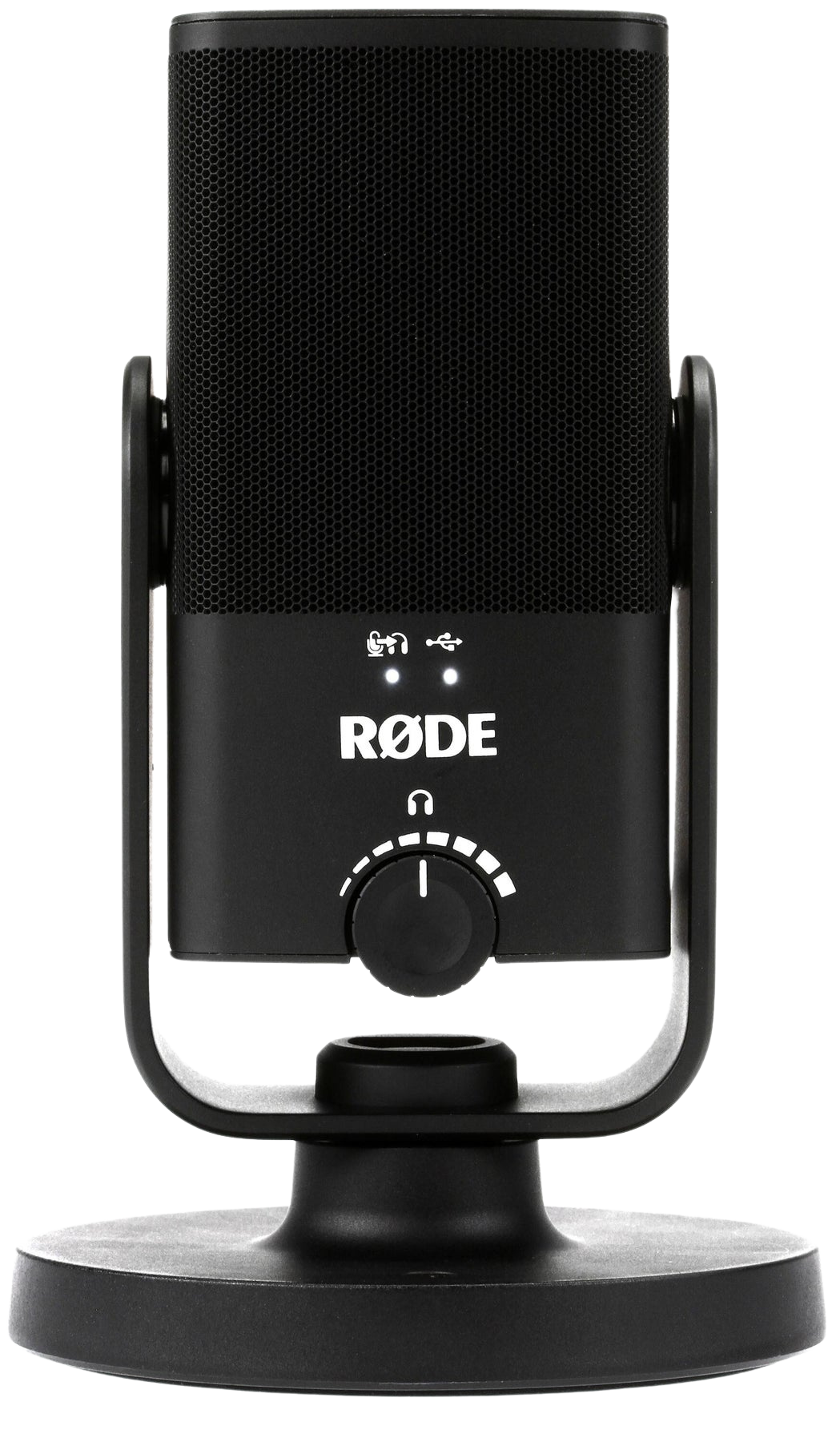
Best for: Musicians, podcasters, and streamers wanting a studio-quality mic.
The Rode NT-USB delivers rich and detailed sound, making it an excellent choice for podcasters and musicians. It has a high-quality pop filter and a tripod stand, making it an excellent plug-and-play option. Its wide frequency response and high SPL handling make it a great choice for capturing dynamic performances.
- Key Features: Studio-grade sound, pop filter included, zero-latency monitoring.
- Pros: Clear and warm sound, excellent for vocals, comes with useful accessories.
- Cons: No onboard gain control.
5. Audio-Technica AT2020USB-X
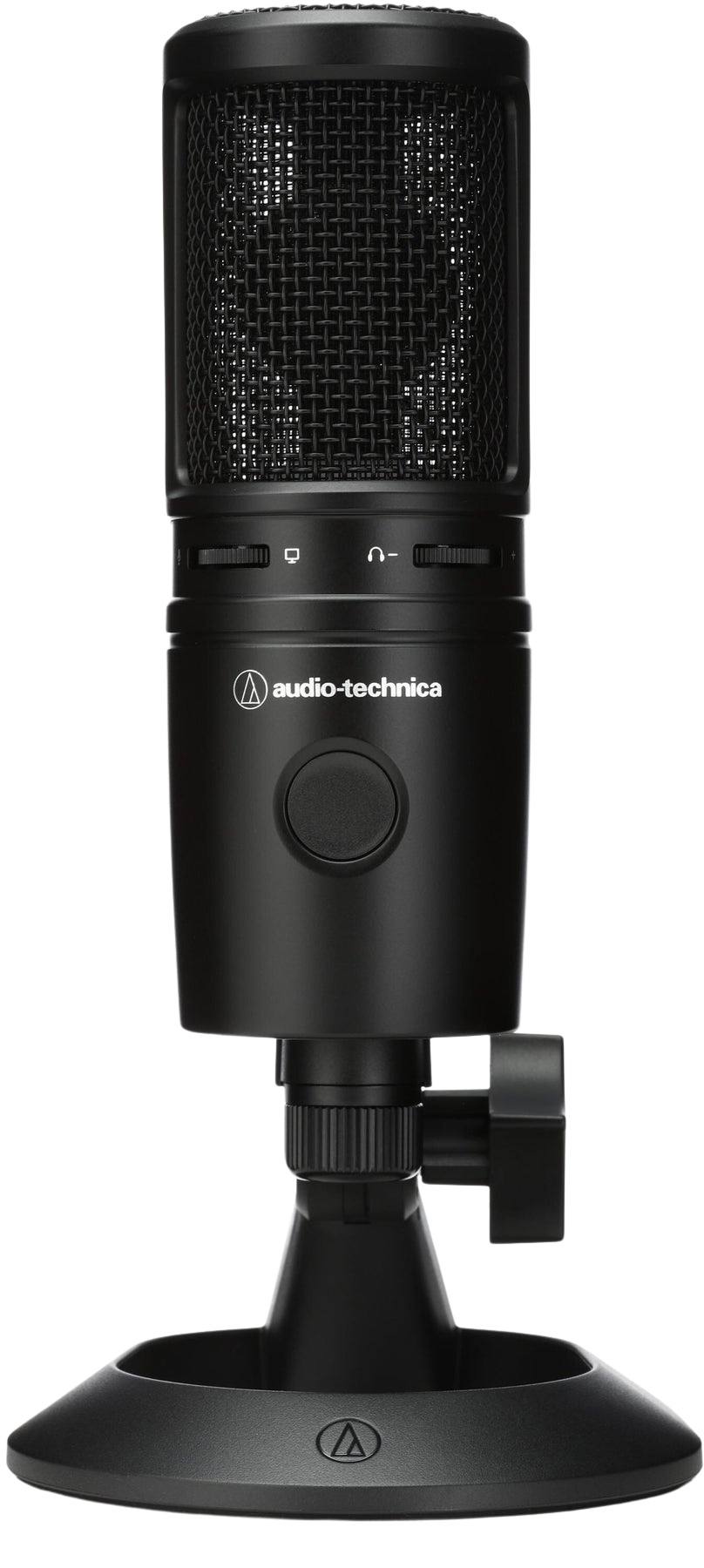
Best for: Creators who want upgraded quality with modern connectivity.
The AT2020USB-X is the modern evolution of Audio-Technica's legendary AT2020 line. It's tailored for creators who want simple, professional-grade performance with USB-C connectivity, a high-res 24-bit/96 kHz audio interface, and a capacitive mute button. It retains the cardioid condenser capsule sound quality while offering a sleeker design and better feature set than its predecessor.
- Key Features: 24-bit/96 kHz audio resolution, USB-C connection, headphone jack with volume control, capacitive mute.
- Pros: Crystal-clear audio, modern design, low latency monitoring.
- Cons: Slightly higher price than the original AT2020USB+.
🔥 Quick Pick: If you're short on time, we recommend the Shure MV7 as the most future-proof and professional choice for most creators.
USB Microphone Comparison Table
| Microphone | Best For | Polar Patterns | Connectivity | Price Tier |
|---|---|---|---|---|
| Shure MV7 | Pros & Upgrades | Cardioid | USB + XLR | $$$ |
| Blue Yeti | Beginners to Pros | 4 Modes | USB | $ |
| Elgato Wave:3 | Streamers | Cardioid | USB-C | $$ |
| Rode NT-USB | Vocals & Music | Cardioid | USB | $ |
| AT2020USB-X | Balanced Budget | Cardioid | USB | $$ |
How to Choose the Right USB Microphone
When selecting a USB microphone, consider the following factors:
- Pickup Pattern: Cardioid mics are ideal for solo recordings, while multi-pattern mics offer more flexibility.
- Sound Quality: Condenser mics typically provide better detail and sensitivity than dynamic mics.
- Software & Features: Some USB mics have advanced software that enhances your sound with effects and real-time adjustments.
- Budget: High-end USB microphones offer superior performance, but there are also great budget-friendly options.
Honorable Mentions
If you're looking for even more great USB mic options, here are a few honorable mentions:
- Samson Q2U – A budget-friendly dynamic mic with both USB and XLR outputs.
- Razer Seiren X – Compact and great for gamers on the go.
- Fifine K690 – An affordable alternative to the Blue Yeti with multiple patterns.
Conclusion
Whether you're a seasoned podcaster or just starting your streaming journey, investing in a quality USB microphone can elevate your content. The Shure MV7 is a fantastic long-term investment, while the Blue Yeti remains a popular choice for its versatility. If you're into streaming, the Elgato Wave:3 provides excellent software integration. For those wanting studio-grade sound, the Rode NT-USB and Audio-Technica AT2020USB-X are top contenders.
🎙️ Still unsure which mic best suits your needs? Check out our mic comparison guide or shoot us a message—we're happy to help you choose!
*Affiliate Disclosure: Some links in this article may be affiliate links, meaning we earn a commission if you purchase at no extra cost. *
Frequently Asked Questions
Q: Are USB microphones good for professional recording?
A: Absolutely. Many USB mics like the Shure MV7 and Rode NT-USB offer studio-grade quality suitable for professional podcasting and content creation.
Q: What's better: USB or XLR?
A: USB mics are more convenient for beginners and solo creators. XLR mics offer better flexibility and expandability but require an interface or mixer.
Check out our other guides, such as Best Mixing & Mastering Plugins and Best Budget Audio Interfaces for Home Studios, for more recommendations on the best gear for podcasters, streamers, and music producers.





